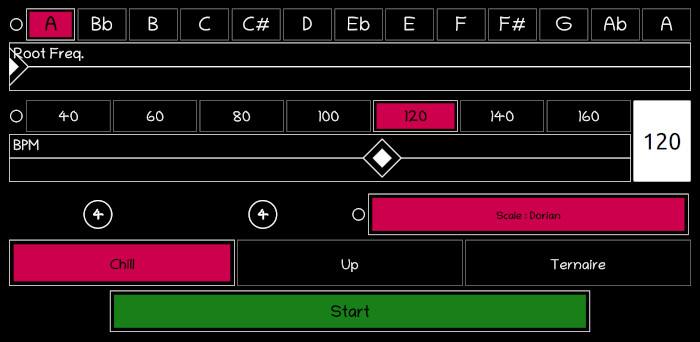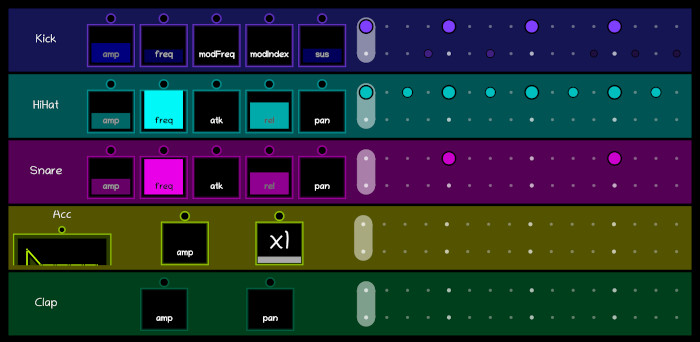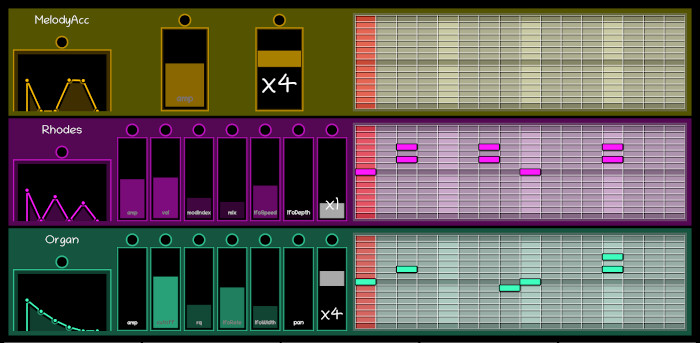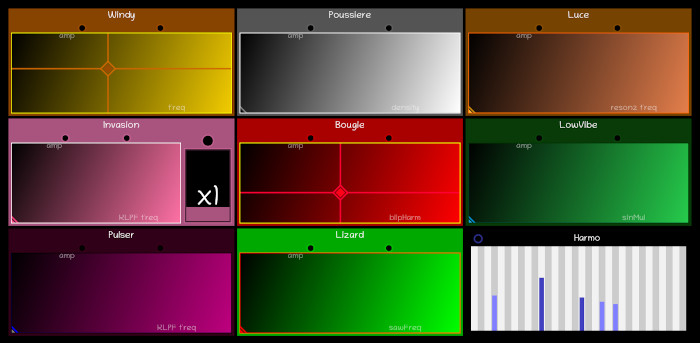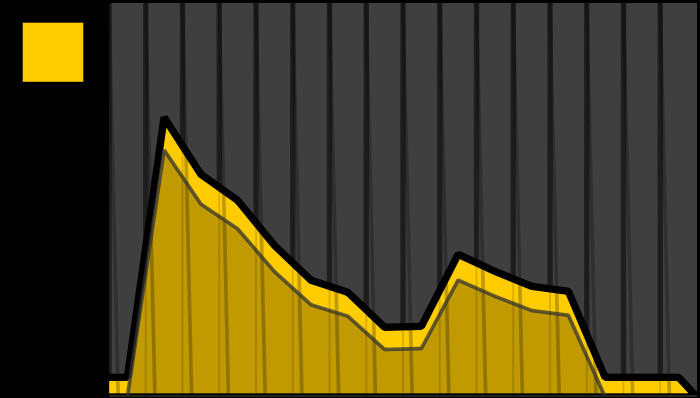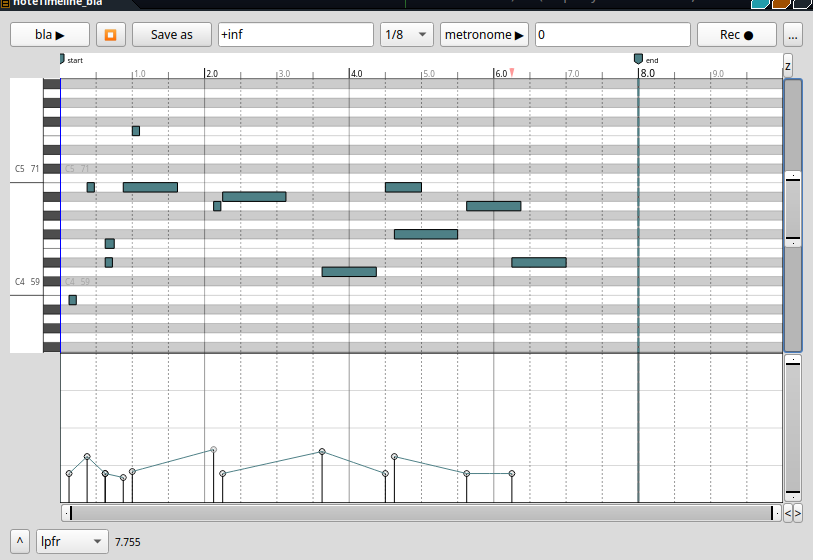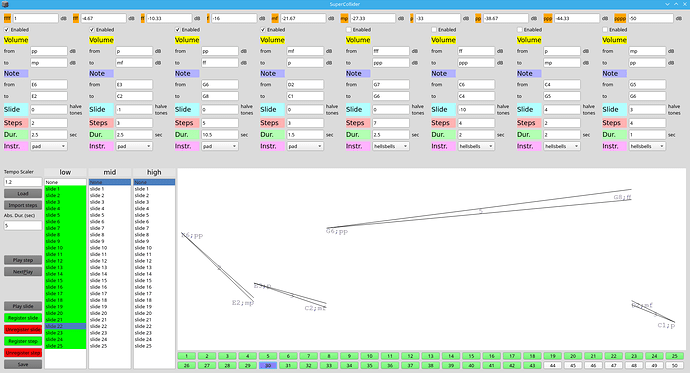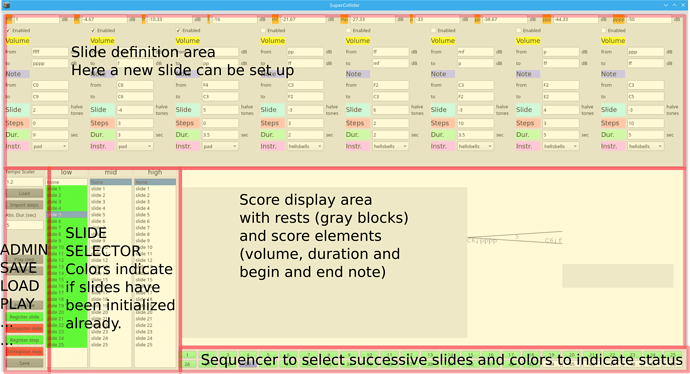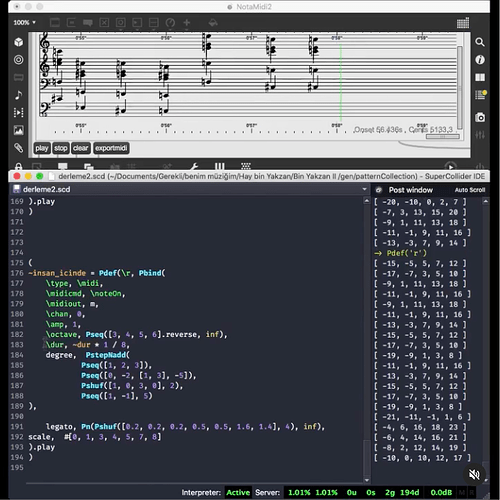Hello there,
Sorry, this will be a long post, I’ll try to be short. And english isn’t my main language so please forgive expression itself. Topic is difficult to me.
So, there’s this short novel by french author Honoré de Balzac, called Gambara, where the main character is playing a Panharmonicon, a keyboard that can play any sound. See this for more informations about an actual realisation of the concept .
The novel was written in 1837, so it’s fantasy, but actually, it is a prefiguration of modern keyboards.
This concept of Panharmonicon is also present in Asimov’s Foundation Cycle, where the instrument is also able to produce any image with a laser system.
I then supposed, ok, this Panharmonicon stuff is possible. We might, in a distant time, be able to plug a jack inside our cortex, and use our internal ear to manipulate speakers almost directly, through a super computer specially designed to map our internal ear, or the physic reality of what’s happening in our brain when we use it, in term of electrical impuses and stuff, to membrane’s deformations in time.
The idea behind that was that you can have different linguistic systems talking in different ways about the same thing, for example the symbol “A” and the unicode “U+0040” both refer to the same thing in different linguistical systems.
Long story short, I wanted to see if I could use SuperCollider to create a software that does the same thing as a conductor does. I think that so far the conductor is the existing ‘thing’ that resembles the most a Panharmonicon.
My idea at this point was : is it possible that any action that the conductor can conceptualize has a code equivalent. And what shape has this equivalent ?
At first I though I could implement musicology theory and articulation directly inside the code, but I think the real junction point is having GUI that mimics musicology. Code itself has it’s own standards and you can’t really shape it the way you like, it doesn’t lead to improvements.
I’ll stop here about those ideas, but we’ve only scratch the surface.
This what the conductor interface looks like :
There’s for example (and simplifying) a slider (UI concept) that allows you to modulate (musicology concept). In term of visual score, the ‘tempo’ slider position could be seen as an equivalent to adagio, etc…
Tracker interface. On the left, this is kind of a score of the instrument physical characteristics. In the right, the tracker itself is equivalent to rhythmic notation (thus lacking the duration of the itself).
Same here, but with tonal notation. With the informations provided on the right, I could write the equivalent score with a classical notation ! But, what’s important to me is that now, and with the help of interactivity, you don’t need to learn musical notation to construct your own language about what you’re doing ( see Wittgenstein ).
A bit off topic, but here, a really intuitive way to compose without knowledge prerequisite. This works with children, just with body language explanation.
Here, a custom envelope representation, to extend to the idea of having a score that itself can be a piece of art.
In hope this answer that I find both too long and too short will be helpful.
Also have a look at what PureData patches look like, and what kind of score you can write with the Iannix sofware.
D.
